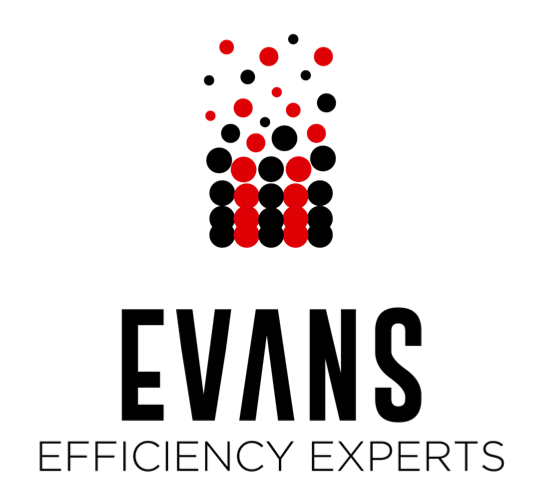McKinsey & Company’s research indicates that companies can lose up to 22% of their productivity due to employees lacking necessary skills. Addressing skill gaps in organizations is essential for enhancing productivity, driving innovation, and maintaining a competitive edge. To mitigate these challenges, organizations can adopt multiple strategies to close skill gaps effectively.
1/Employee Training and Development Programs
Providing ongoing learning opportunities is a foundational method for bridging skill gaps. Customized training sessions that target specific skills relevant to employees’ roles can significantly enhance their capabilities. Companies can offer a mix of:
Workshops and Seminars: Interactive sessions led by industry experts to update employees on new tools and practices.
Online Learning Platforms: Access to platforms like Coursera, Udemy, and LinkedIn Learning to facilitate self-paced learning.
In-House Training: Internal experts can conduct training sessions tailored to the organization’s specific needs.
2/Mentorship and Coaching
Pairing less experienced employees with seasoned mentors fosters knowledge transfer and skill development. Coaches can provide personalized guidance, helping employees navigate challenges and apply their new skills effectively.
Formal Mentorship Programs: Structured programs with clear goals and regular check-ins.
Peer-to-Peer Learning: Encourages knowledge sharing and collaboration across departments.
3/Cross-Functional Team Assignments
Encouraging employees to work on projects outside their primary responsibilities exposes them to new skills and perspectives. This hands-on experience can accelerate learning and foster innovation.
Job Rotations: Temporary assignments in different departments to build diverse skill sets.
Project-Based Learning: Involvement in cross-departmental projects that require new technical or soft skills.
4/Upskilling and Reskilling Initiatives
Organizations must proactively anticipate future skill needs and prepare their workforce accordingly. Analyzing industry trends and leveraging predictive analytics can help identify emerging skills and tailor training programs.
Upskilling: Enhancing existing skills to stay relevant with technological advancements.
Reskilling: Training employees for entirely new roles necessitated by shifts in industry demands.
5/Performance Management Systems
Robust performance management systems can help identify skill gaps through regular assessments and feedback.
Skill Assessments: Regular evaluations to identify competency levels.
Personal Development Plans (PDPs): Individualized growth plans that align personal goals with organizational needs.
Feedback Mechanisms: Continuous feedback fosters improvement and real-time identification of skill deficiencies.
6/Collaboration with Educational Institutions
Partnering with universities and technical schools can ensure a steady pipeline of talent equipped with the latest skills.
Internship Programs: Provide hands-on experience to students while scouting for future talent.
Curriculum Partnerships: Collaborating to design curricula that meet industry-specific requirements.
7/Recruitment Strategies Focused on Skills
Adopting a skills-based hiring approach ensures that new hires possess the competencies necessary to meet current and future business challenges.
Skills Assessments During Hiring: Implement practical assessments to evaluate candidate competencies.
Diverse Talent Pools: Broaden recruitment efforts to include non-traditional candidates who bring unique perspectives and skills.
8/Adoption of Learning Technologies
Leveraging advanced technologies can make learning more engaging and efficient.
Artificial Intelligence (AI) Tools: Personalized learning experiences based on employees’ unique needs.
Virtual and Augmented Reality (VR/AR): Immersive training for complex scenarios.
Gamification: Using game elements to increase engagement and retention.
9/Creating a Culture of Continuous Learning
Establishing a culture that values and promotes lifelong learning encourages employees to take ownership of their skill development.
Leadership Support: Leaders must model learning behaviors and endorse development initiatives.
Recognition and Rewards: Acknowledge and incentivize employees who invest in skill development.
Knowledge Sharing Platforms: Internal forums for sharing insights, best practices, and lessons learned.
Conclusion
Effectively addressing skill gaps requires a multifaceted approach tailored to an organization’s unique needs and goals. By investing in employee development, leveraging modern technologies, and fostering a learning-centric culture, companies can enhance their productivity and maintain a competitive advantage. Implementing these strategies not only resolves current skill shortages but also prepares the workforce for future challenges, ensuring long-term organizational success.

